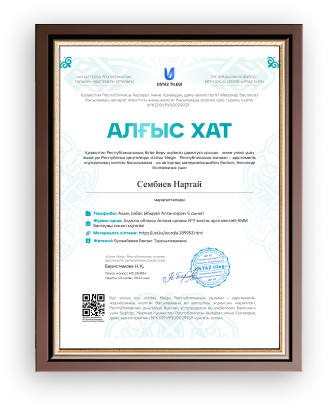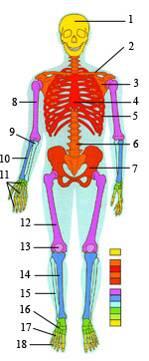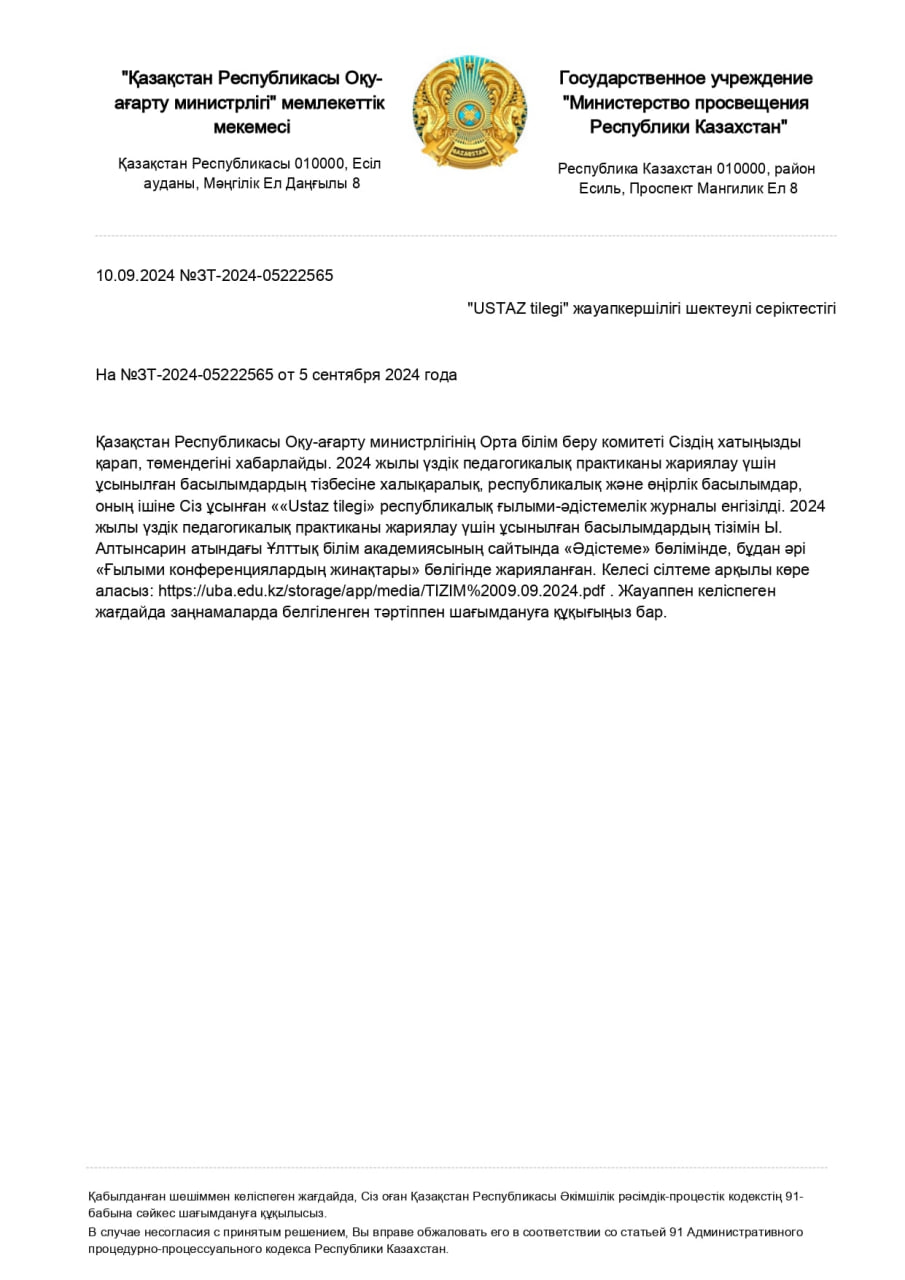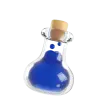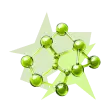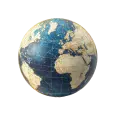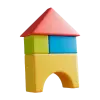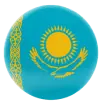|
Greeting.
-Hello, everybody! How are
you?
Create a positive climate in
the classroom.
Have a nice
day
Observing the video and
defining the topic of the
lesson.
Let’s start our lesson with
physical activity
Respected students tell “
please what system provides movement of our
bodies?”
Correctly it is the locomotion
system.
What is the topic of the
lesson today?
Let,s start new lesson. Our
topic: Structure of a human
skeleton.
Step
1. Teacher will introduce
students with interesting facts about bones and viewing pictures of
the structure of vertebrates and
invertebrates.
Bones and their
Functions:
Cranium: the skull; encloses/
protects the brain.
Clavicle: also called the collarbone;
allows your arms to hang
freely.
Ribs: act as a protective cage for
the heart, lungs, and liver; there are 12 pairs of
ribs.
Radius: lateral, shorter bone of the
forearm.
Ulna: inner, larger bone of the
forearm.
Metacarpals: the five bones of the
metacarpus, located between the wrist and the
fingers.
Femur: the thighbone; the longest
and strongest bone in the
body.
Tibia: the inner, larger bone of
the lower leg.
Tarsals: the seven bones of the ankle
joint.
Scapula: also called the shoulder
blade; provides a foundation for joint
function.
Mandible: the jawbone; holds the lower
teeth in place; it is the strongest bone in the
face.
Stapes: located in the middle ear;
the smallest bone in the
body.
Humerus: upper arm bone; supports arm
functions, such as lifting.
Vertebrae: any of the 33 bones of the
spinal column.
Pelvis: located near the base of the
spine where the hind limbs/legs are attached; this bone is
separated in children and fused together in
adults.
Carpals: any of the 8 bones of the
carpus/ wrist.
Phalanges: any of the bones of the
fingers.
Patella: the kneecap; allows for knee
extension.
Fibula: the outer, smaller bone
located between the knee and the
ankle.
Metatarsals: any of the bones located
between the ankle and the
toes.
Step
2.Establish the theme of the
lesson, objective and success
criteria
Observing the
video and learn terms in
English
|
Russian
|
English
|
Kazakh
|
|
Кость
|
|
|
|
Хрящ
|
|
|
|
Мышца
|
|
|
|
Тазовый
пояс
|
|
|
|
Красный костный
мозг
|
|
|
|
Скелет
|
|
|
|
Плечевой
пояс
|
|
|
|
Грудная
кость
|
|
|
|
Позвоночник
|
|
|
|
Ребро
|
|
|
|
Зубочистка
|
|
|
Step 3:
Fill
in the
gaps.
Version
A
The
skeleton
has
3
.
The
protects the brain and it
also helps
you
stand
.
The
bone in the body is the femur
and we
have
206
in
our
.
Version
B
We
have
12
pairs of
.
They
protect
the
and
lungs. The
bone
is
in our
ear.
Baby’s
are
(
2
words
)
than
adult’s.
The
is
longer
than
the
.
|

